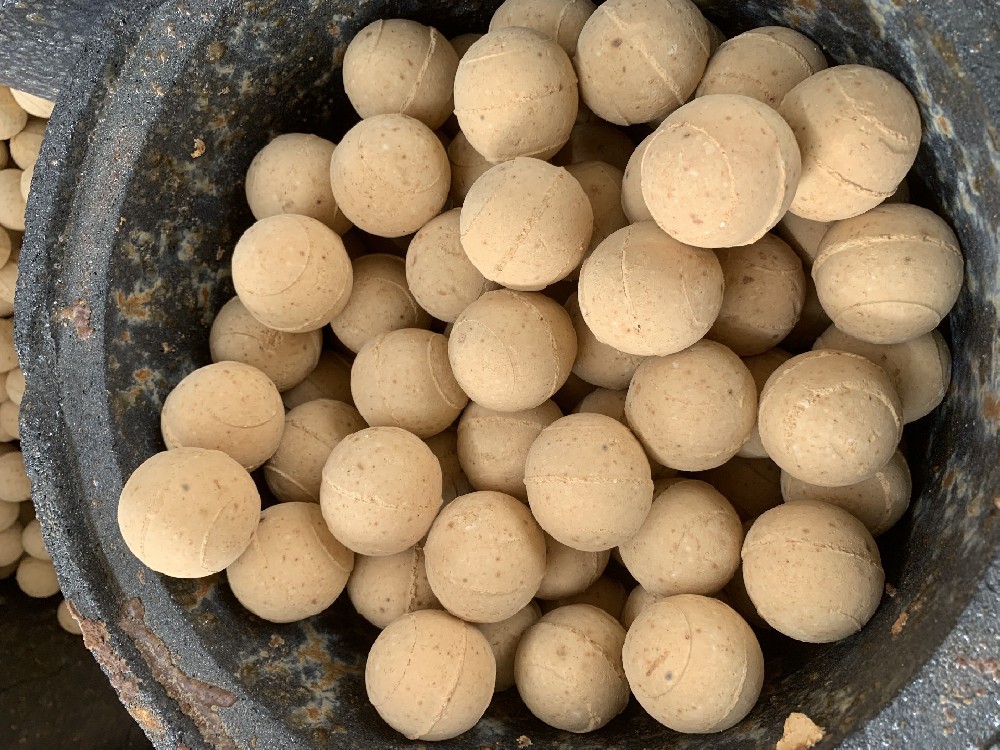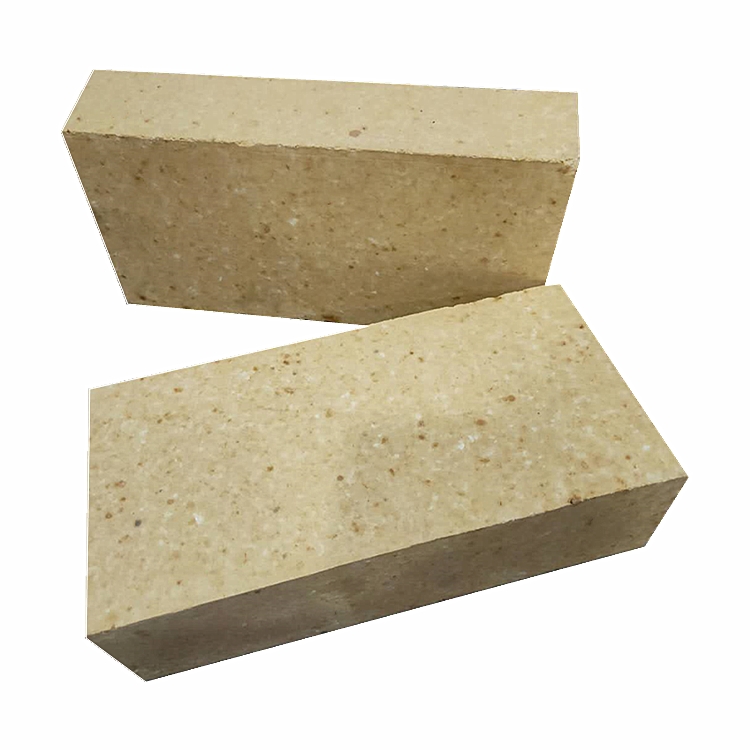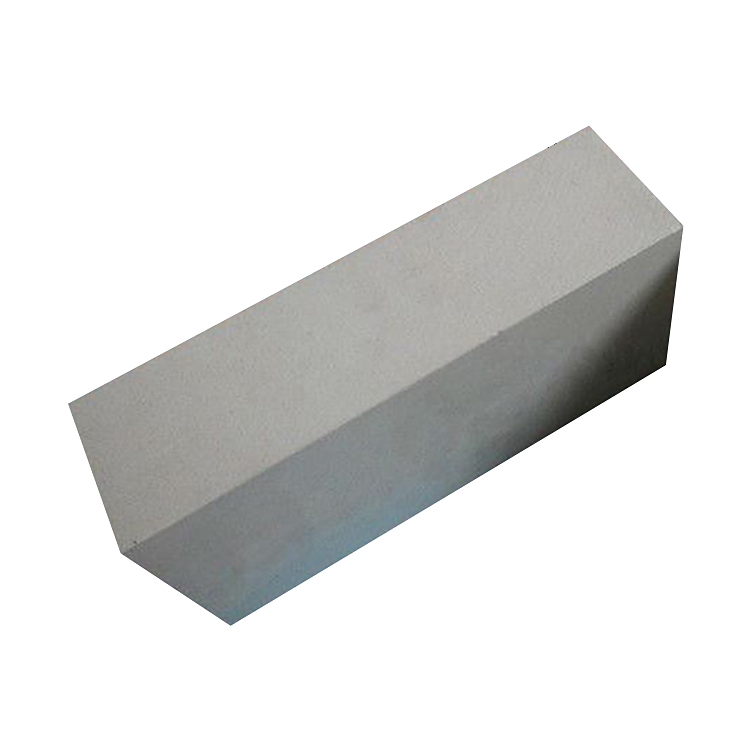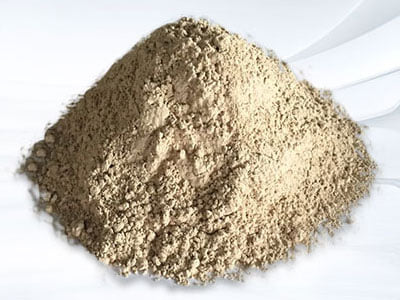Application of refractory castable material in coke oven
Refractory castable is a granular and powdery refractory material composed of a certain amount of binder and moisture, with high fluidity, suitable for casting shaped amorphous refractory. Sometimes to improve its fluidity or reduce its water, but also add plasticizer or water reducing agent, and sometimes to promote its condensation and hardening, but also add hard agent. Because of its basic composition and forming, hardening process and civil engineering commonly used in the same concrete, so often called this material for refractory concrete mixture.
(1) Characteristics of refractory material castable
Many properties of refractory castables depend to a considerable extent on the type and quantity of binder, and the strength depends on the bonding strength of the binder.
The fluidity of refractory castables is generally higher than that of rammed materials. Therefore, in most castables, only pouring or vibrating after pouring can make the components of the mixture close together and fill the model.
Appropriate measures must be taken to promote the hardening of refractory castable according to the hardening characteristics of binder. For example, cement should be maintained under appropriate wet conditions; For some metal inorganic salts to be dried and baked.
The high temperature properties of refractory castable are also closely related to the variety and dosage of binder. If the granular and powdery materials selected have good fire resistance, and the binder has a high melting point and does not react with the refractory to form a low melt, the castable must have a very high fire resistance. Where granular and powdery materials are used, the fire resistance of the castable is to a considerable extent controlled by the binder. In the refractory castable prepared with aluminate cement, fusible components are included in the cement stone, so the amount of cement has a significant effect on the high temperature properties of the castable.

When cement is used as binder, in the process of high temperature, the cement stone can be decomposed and dehydrated, produce other phase changes and sintering, so that the volume of castable changes at the same time the structure changes. Because the change of phase in cement stone varies with temperature, the lining made of this kind of castable forms different composition and structure at different distances from the working surface. The change of specific volume between different layers may produce internal stress or even crack. In the sintering zone, as the granular material has been pre-fired, only expansion occurs with the temperature rising, while the cement stone has a lot of shrinkage, and the deformation difference between the two increases, so that the bonding between the cement stone and the granular material is quite damaged, and cracks are easy to occur. Not only local cracks may occur at the interface between them, but even flaky cracks may occur perpendicular to the working surface. When the temperature fluctuates, the stress caused by the different thermal expansion rate may cause the lining to flake along the crack. This kind of cement stone decomposition dehydration makes the structure loose and the cambium lamellar structure makes it easy to peel off. It is often one of the main factors of damage of castable made of cement.
(2) the application of castable material
Castable is one of the most widely produced and used amorphous refractory materials. It is used to build the lining of various heating furnaces and other integral structures. For example, phosphate castable can be used in coke oven.
-

Thermal storage alumina balls
The Thermal storage alumina ballsis made of industrial alumina and refractory kaolin as the main raw materials through scientific formula, forming and high-temperature calcination.Thermal storage alumina ballss are divid··· -

Anti-stripping high alumina brick
Use description of Anti-stripping high alumina brick1. Anti-stripping high alumina brick has a good application in low temperature parts such as large and medium-sized cement precalciner, kiln smoke chamber, indoor decom··· -

Anti-stripping high alumina bricks
Anti-stripping high alumina bricks are made of high alumina bauxite clinker, mullite, kyanite, zircon sand, and binder after granulating and powdering processes, mixed in a certain proportion, pressed into shape, and fir··· -

silica hot repair refractory
Performance index of silica hot repair refractoryThe material is a kind of plastic unshaped refractory material, its main component is SiO2, it is made of special clinker and various binders and additives, and it is proc···

